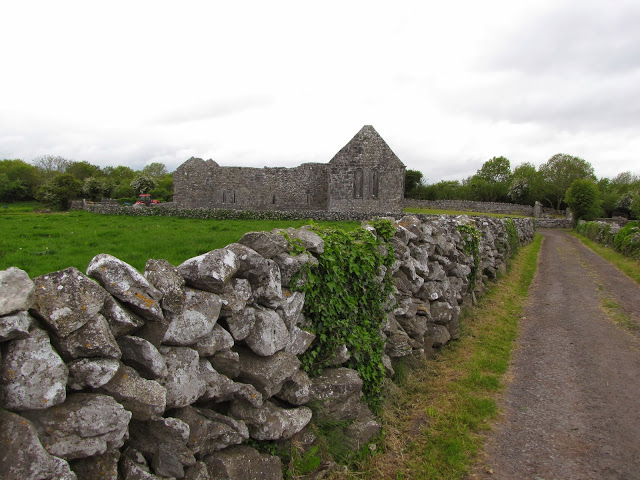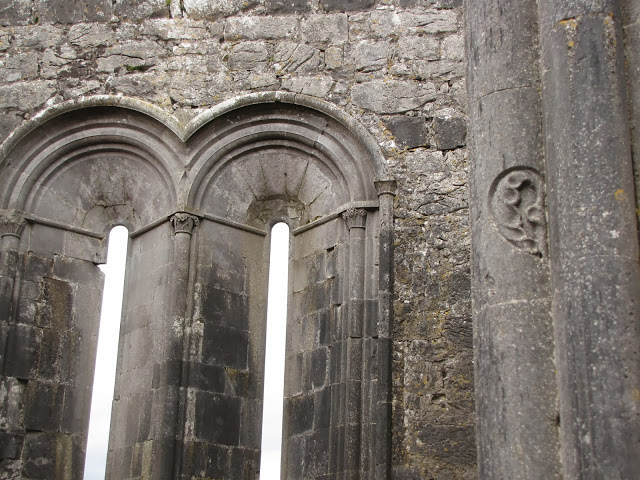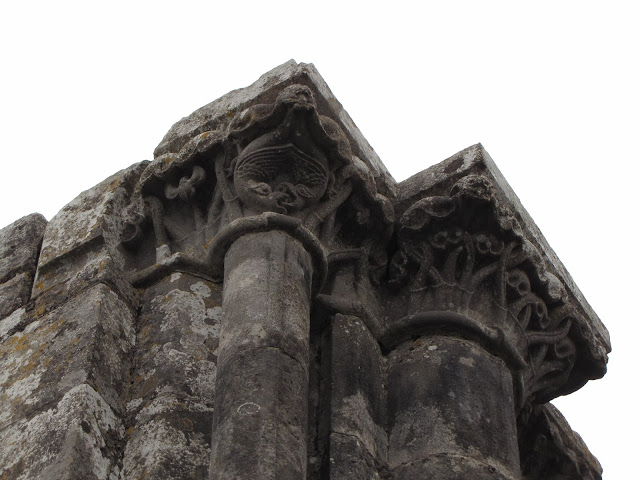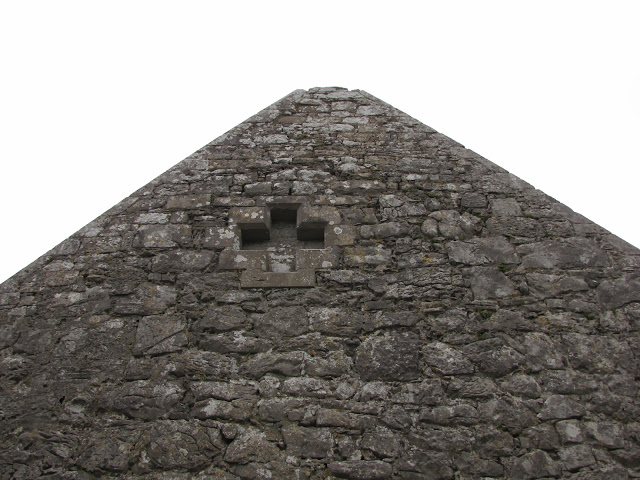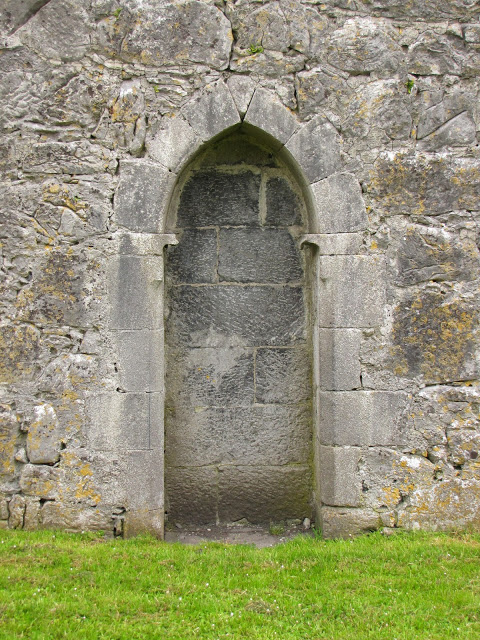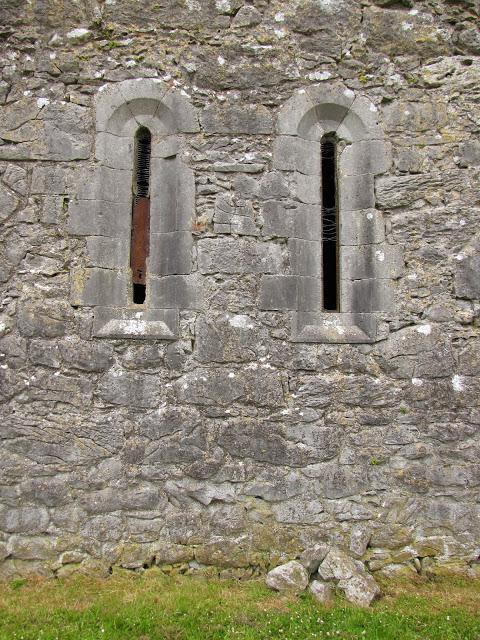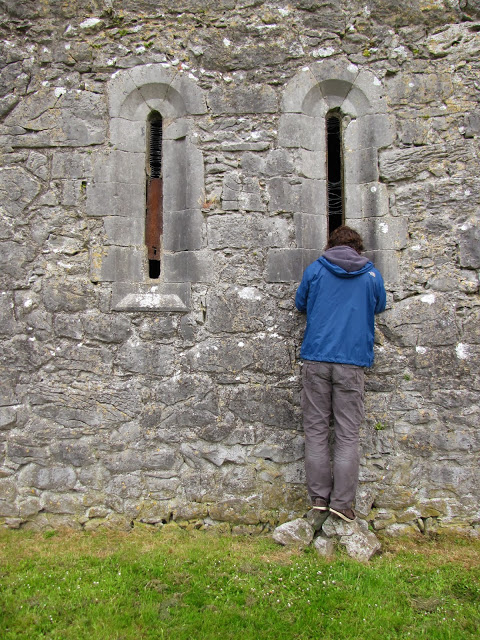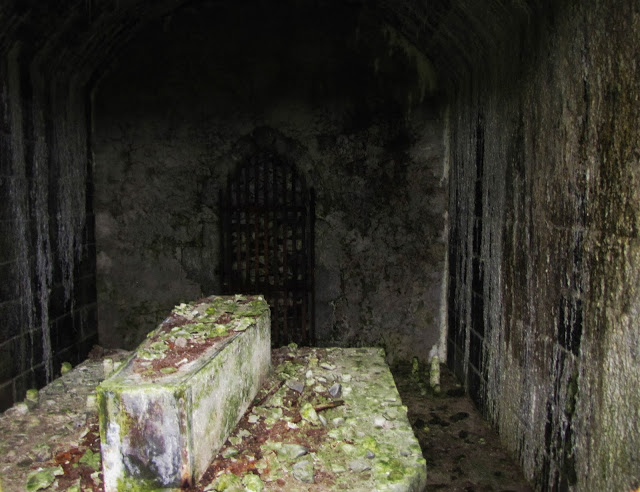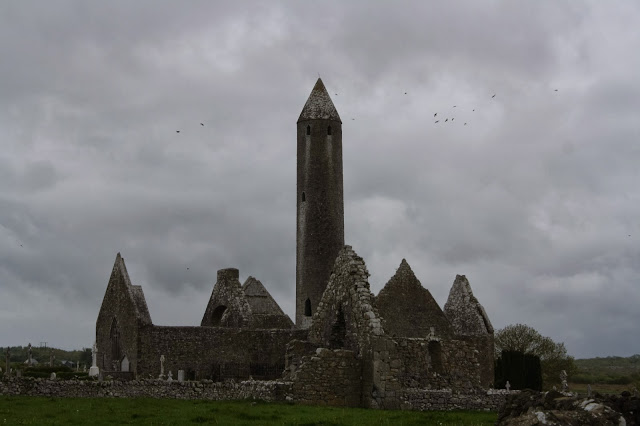
Monuments to death and the crumbling remains of former eras dominated our trip to Ireland, but no site better conjured the macabre than the monastic settlement of Kilmacduagh.
It was also one of the most difficult destinations to find (second only to the Reyfad rock art in Northern Ireland). After a number of misfires and a detour into Coole Nature Reserve, we finally rolled into the settlement’s adjoining parking lot around dusk.
Located near the town of Gort, Kilmacduagh consists of several structures, including a well-preserved, slightly leaning round tower, an Abbott’s House (Glebe), and multiple churches. It isn’t possible to enter the tower, but getting into the Glebe and two of the churches only requires crossing the street and acquiring a key from the caretakers. But beware: they have a protective, bitey little dog, which Josh and his ankles discovered shortly after we rang their doorbell.
The site’s most obvious draws are of course the 11th-12th century round tower, Glebe, and remodeled, pre-Norman “cathedral,” all of which are grouped near the main road.
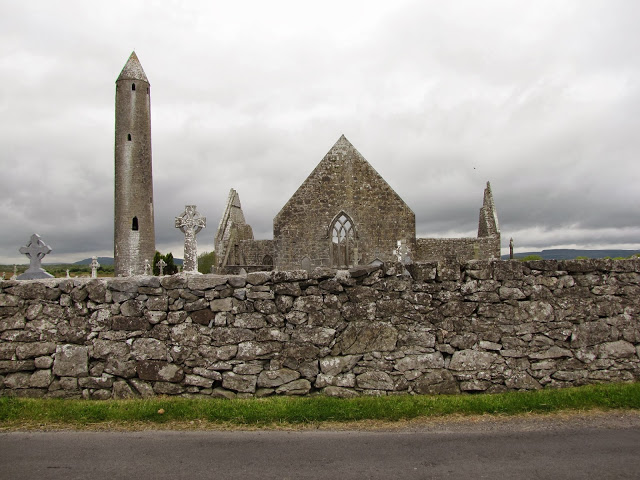
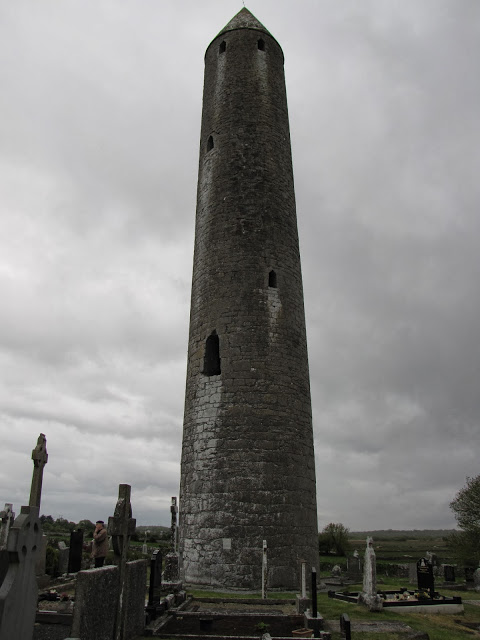
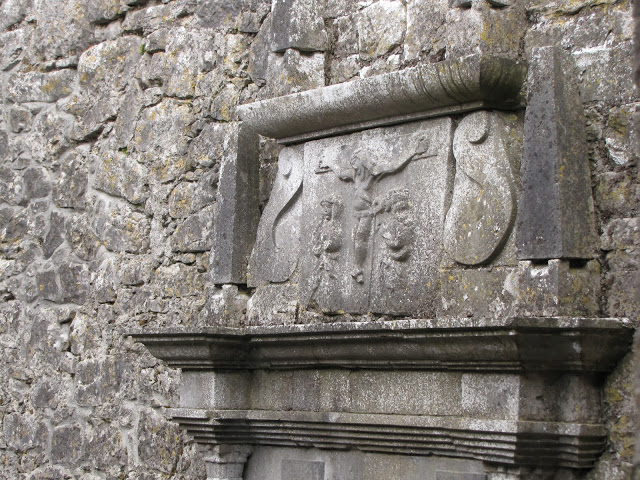
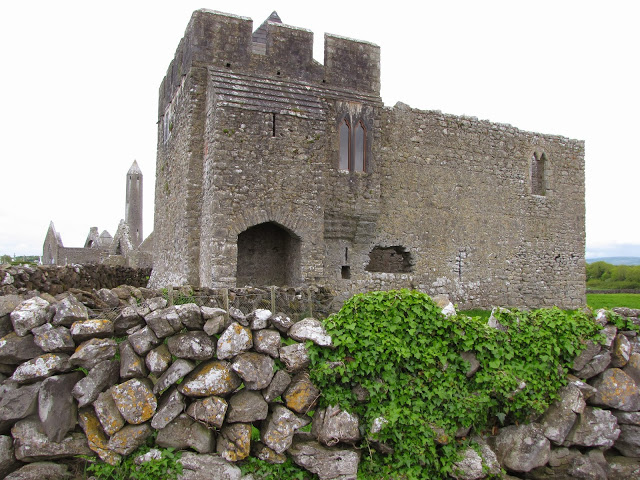
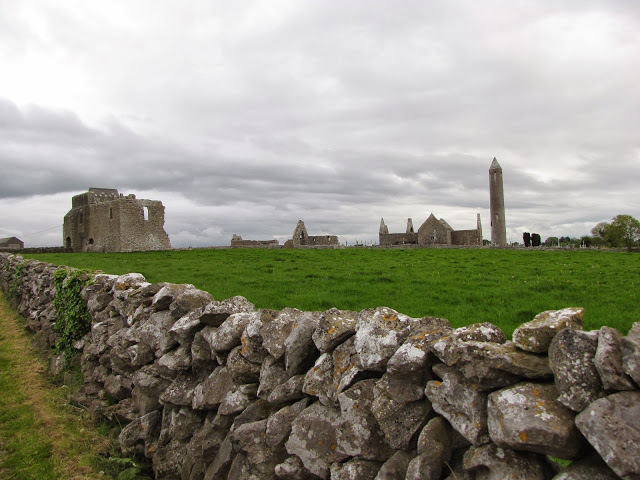
However, the most memorable building is only slightly farther afield and requires closer investigation. Found at the end of the short side road that divides the parking lot from the main site, this small, unassuming church is easily overlooked. Its central spaces—decorated with high, delicate carvings—are enterable with the key.
From the interior, this charming but modest space appears to be all there is. However, circumambulating the exterior reveals that many of the windows and doors have been filled with stone, permanently concealing large sections of the building.
Fortunately, we were not the first people to be curious about the sealed rooms, and those that came before had left us a little assistance.
We were not disappointed by what we found.
Photos by Renée DeVoe Mertz, May 26, 2013, unless otherwise stated.
